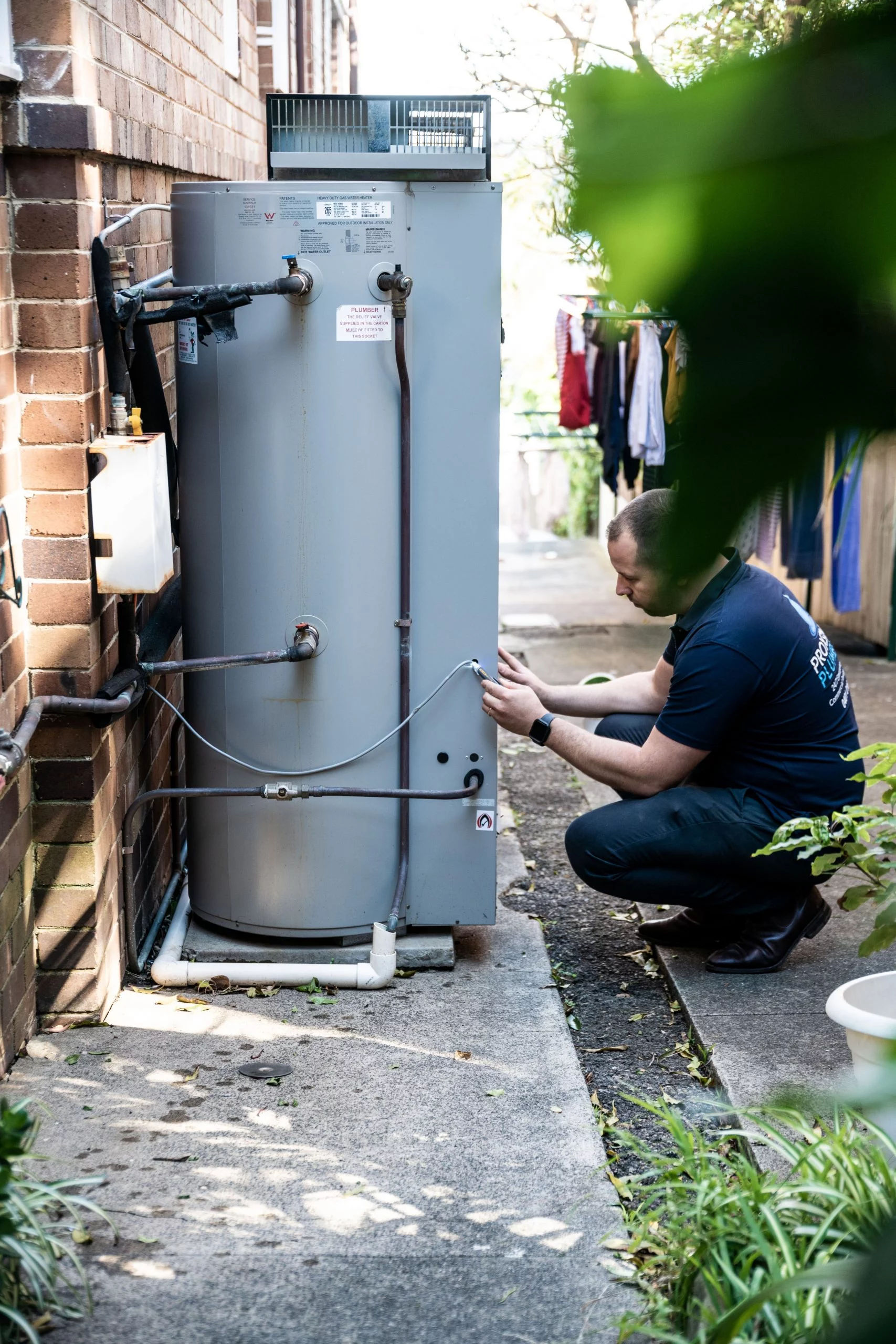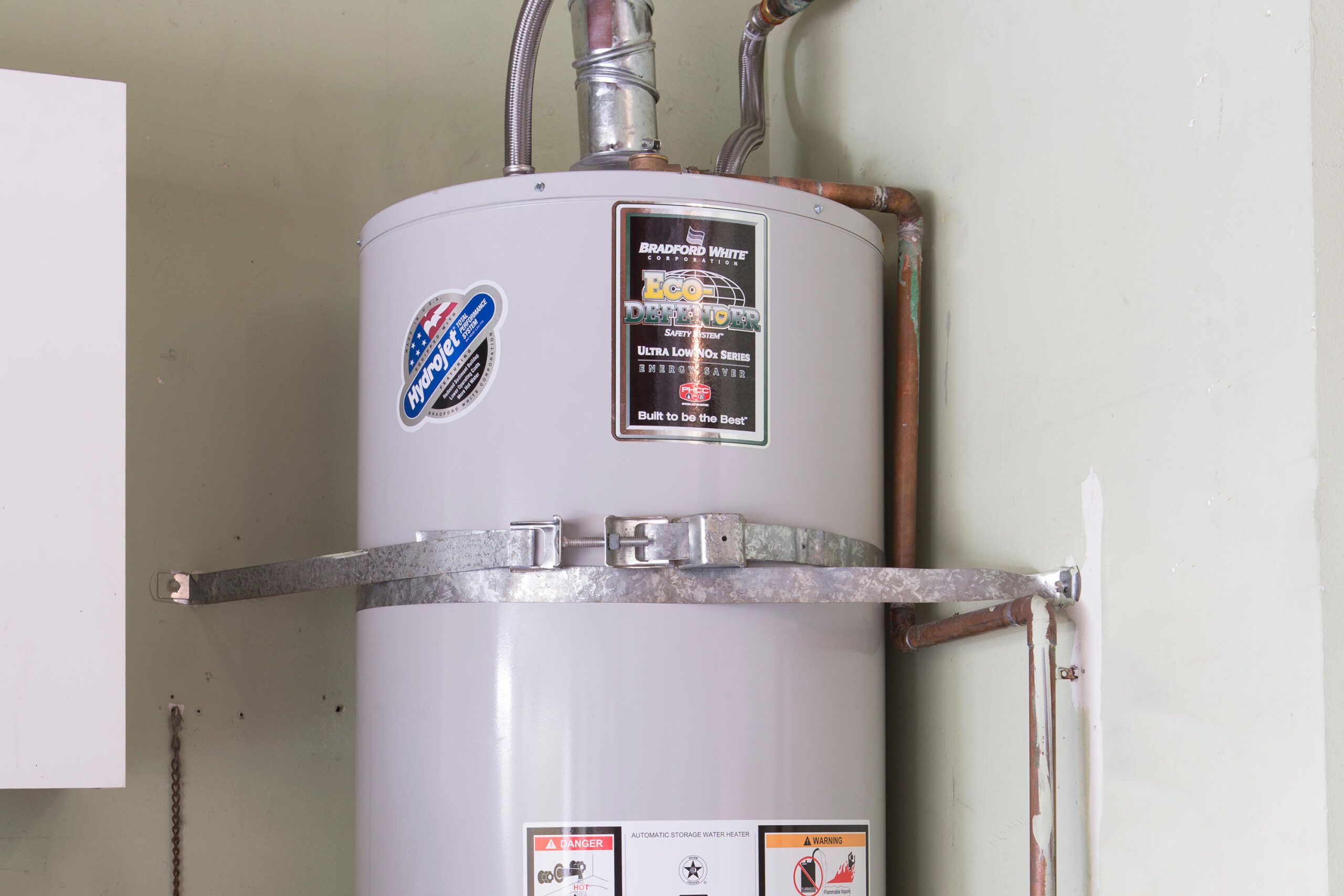Useful Strategies for Caring for Your Home's Hot Water SystemCaring for Your Home's Hot Water System: Key TipsStep-by-Step Guide to Maintaining Your Home's Hot Water System
DetailWe have discovered this article involving How to Maintain Your Water Heater & Prolong its Life directly below on the net and think it made perfect sense to quickly share it with you on my blog.

Hot water is vital for day-to-day convenience, whether it's for a rejuvenating shower or washing dishes. To ensure your hot water system runs effectively and lasts much longer, normal maintenance is key. This short article supplies practical tips and understandings on just how to preserve your home's hot water system to stay clear of disturbances and pricey fixings.
Introduction
Preserving your home's warm water system might seem daunting, but with a few straightforward actions, you can ensure it operates efficiently for many years to find. This overview covers everything from understanding your hot water system to do it yourself upkeep tips and knowing when to contact professional assistance.
Relevance of Keeping Your Hot Water System
Routine upkeep not only prolongs the life-span of your warm water system but likewise guarantees it runs efficiently. Overlooking maintenance can result in reduced performance, greater power costs, and even early failing of the system.
Indications Your Hot Water System Needs Upkeep
Recognizing when your warm water system needs focus can stop major issues. Look out for indicators such as irregular water temperature, odd sounds from the heater, or rusty water.
Purging the Hot Water Heater
Flushing your hot water heater gets rid of sediment buildup, boosting effectiveness and prolonging its life.
Monitoring and Changing Anode Rods
Anode rods protect against corrosion inside the tank. Evaluating and replacing them when worn out is critical.
Complicated Issues Calling For Professional Aid
Examples consist of significant leaks, electric problems, or if your hot water heater is regularly underperforming.
Regular Professional Upkeep Perks
Professional upkeep can include detailed inspections, tune-ups, and making sure compliance with safety and security requirements.
Inspecting and Changing Temperature Level Settings
Readjusting the temperature level setups guarantees ideal efficiency and safety and security.
Do It Yourself Tips for Maintenance
You can carry out a number of maintenance jobs on your own to maintain your hot water system in leading condition.
Checking for Leakages
Routinely evaluate pipes and connections for leakages, as these can cause water damage and higher costs.
Understanding Your Hot Water System
Prior to diving right into maintenance tasks, it's practical to understand the fundamental parts of your hot water system. Usually, this consists of the water heater itself, pipes, anode poles, and temperature controls.
Regular Monthly Upkeep Tasks
Regular regular monthly checks can aid catch minor problems prior to they rise.
Evaluating Stress Alleviation Valves
Testing the pressure relief valve guarantees it functions properly and stops too much stress buildup.
Protecting Pipelines
Protecting warm water pipelines reduces heat loss and can save power.
When to Call a Specialist
While do it yourself maintenance is beneficial, some issues need expert experience.
Conclusion
Regular maintenance of your home's hot water system is crucial for effectiveness, longevity, and cost savings. By complying with these ideas and understanding when to seek expert assistance, you can guarantee a trusted supply of warm water without unanticipated disturbances.
Water Heater Maintenance: The Basics
Maintaining your water heater will ensure it operates efficiently and has a longer lifespan. Neglecting regular maintenance can lead to costly repairs and an even bigger chunk of your savings if you have to replace it sooner than necessary. But there’s good news: Most water heater maintenance tasks are relatively simple and easy for homeowners with basic DIY skills.
Flush the Water Heater
Over time, sediment and minerals can build up in the tank, reducing its efficiency and potentially causing damage. To flush the tank, turn off the power or gas supply, attach a hose to the drain valve near the bottom and open the valve to drain the water until it runs clear. Ideally, flush the tank annually.
Replace the Anode Rod
The anode rod is a sacrificial metal rod that helps prevent corrosion inside the tank. Inspect and replace it every three to five years or per the manufacturer's recommendation. To replace the anode rod, turn off the power or gas supply, drain a few gallons of water from the tank, unscrew the old rod and replace it with a new one. If the anode rod is significantly corroded or covered in calcium buildup, it's a sign the water heater may need to be replaced soon.
Tune-Up
A yearly tune-up can help identify potential issues and ensure your water heater operates at peak efficiency. This typically involves checking the thermostat, burner assembly (for gas heaters) and any other components specified by the manufacturer. During a tune-up, the technician may also clean the burner and adjust the pilot light (for gas heaters) or examine the heating elements (for electric heaters).
How to Maintain Your Water Heater
Insulate the tank. Insulating the tank can improve energy efficiency and reduce heat loss, saving you money on energy bills. You can purchase precut insulation blankets designed specifically for water heaters or use standard fiberglass insulation wrapped securely around the tank. Check the temperature. The recommended water temperature for most households is around 120 degrees Fahrenheit (49 degrees Celsius). Higher temperatures can increase energy costs and potentially cause scalding. Use a kitchen thermometer to check the temperature at the faucet nearest the water heater. Monitor water pressure. Excessive water pressure can strain the water heater and cause leaks or even tank failure. Install a pressure-reducing valve if necessary. The ideal water pressure range is between 60 and 70 PSI (pounds per square inch). Test the temperature and pressure (T&P) relief valve. The T&P relief valve is a safety feature that releases pressure if the tank gets too hot or the pressure builds up too high. Test it annually by lifting the lever and allowing a small amount of water to release. Replace the valve if it doesn't release water or reseal properly. Check for leaks. Regularly inspect the tank, pipes and fittings for leaks or corrosion. Deal with issues promptly to prevent further damage. Even a small leak can lead to significant water damage over time. Consider a tankless water heater. If your traditional tank-style water heater is nearing the end of its lifespan ( typically 10 years), consider replacing it with a tankless water heater. These units heat water on demand, reducing standby energy losses and potentially saving you money on your energy bills. Schedule professional maintenance. While homeowners can perform many water heater maintenance tasks, it's still a good idea to schedule professional maintenance every few years. A plumber or HVAC technician can thoroughly inspect the unit, identify potential issues and ensure it operates safely and efficiently. https://www.homeserve.com/en-us/blog/home-improvement/hot-water-heater-maintanence/

I recently found that review about Water Heater Maintenance Tips You Can't Afford to Forget when doing a lookup on the search engines. Sharing is nice. You never know, you will be helping someone out. I appreciate reading our article about How to Maintain a Hot Water Heater in a Few Simple Steps.
Call Today